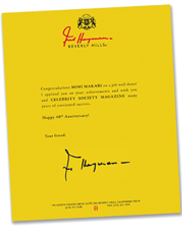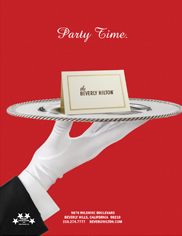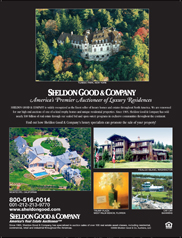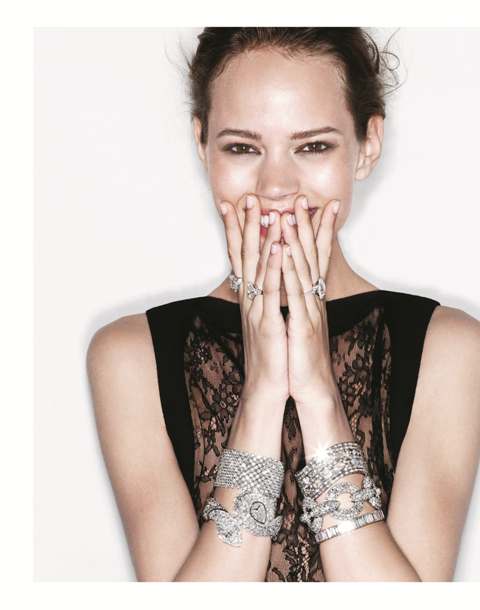

In an artistic climate that too often looks backward rather than to the future, where retrospectives are more prevalent than risk-taking, it is important to honor one of the most innovative architects practicing in the world today-- Frank O. Gehry.
By: Mimi Makabi
With that design philosophy and a richly varied body of work, it is not surprising that Frank Gehry has been named an ‘international architectural superstar.’ His work explores how form follows function in unexpected ways. From complex exteriors, that reflect the diversity of the activities that take place inside, to interiors that illustrate how the architecture interacts with people and objects—Gehry’s designs challenge convention, yet brilliantly meet the needs of society and architecture in the twenty-first century. With his unorthodox designs that have railed against the norm—twisting metal into unbelievable shapes that defy logic and blast away the mundane, one is simply left curiously thinking… ‘how is that possible?’
As a Canadian-born architect and artist, Gehry is widely recognized as inspiring a new direction in modern architecture. Raised in Toronto, Canada, Gehry moved with his family to Los Angeles in 1947. He received his Bachelor of Architecture degree from the University of Southern California in 1954, and he studied City Planning at the Harvard University Graduate School of Design.
He has built an architectural career that has spanned four decades and produced public and private buildings in America, Europe and Asia. His best known works include the titanium-covered Guggenheim Museum in Bilbao, Spain; Walt Disney Concert Hall in downtown Los Angeles; Dancing House in Prague, Czech Republic; the DZ Bank Building, a mixed-use building adjacent to the Brandenburg Gate in Berlin, Germany; Der Neue Zollhof, an office complex in Düsseldorf, Germany; the Experience Music Project in Seattle, Washington; the Bard College Performing Arts Center in Annandale-on-Hudson, New York; and the Jay Pritzker Pavilion and BP Bridge in Millennium Park in Chicago, Illinois—just to name a few.
Here in LA, we have the Disney Hall, with its soaring, steel surfaces and breathtaking mix of beauty, grace and optimism. It is one of the most ambitious projects in the city's history. Completed in 2003, the Hall reflects the sun with its shiny metallic siding and is the envy of orchestras around the world for its acoustical integrity it gave to L.A.—the kind of cultural credibility that had eluded it for years. It has also become the focal point of a nearly $2 billion downtown renaissance.
9606 SANTA MONICA BOULEVARD | THIRD FLOOR | BEVERLY HILLS, CALIFORNIA 90210
CONTACT@CELEBRITYSOCIETY.COM | 310.859.6654



























